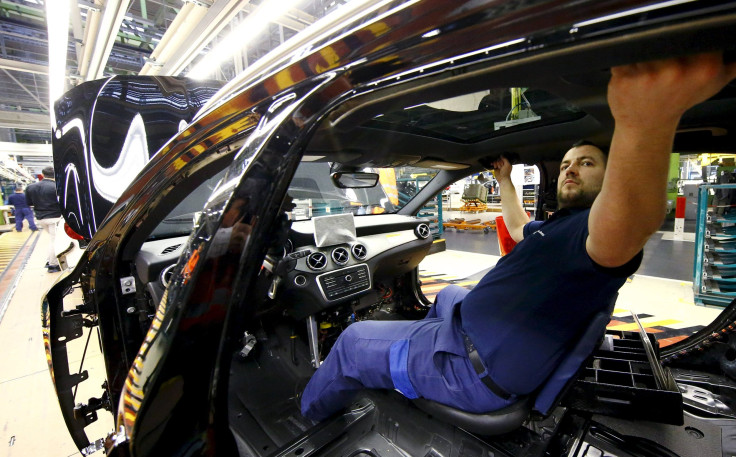Lending In The Eurozone Soars [Video]

Lending to eurozone companies and households grew at its fastest pace since late 2011 in February. European Central Bank data suggested the bloc was continuing its modest recovery, despite falling inflation and slowing global growth.
Video Transcript:
It seems that the European Central Bank's latest stimulus package is having an impact.
On eurozone lending, at least.
Loans to households and businesses in February rose at their fastest pace since 2011.
(SOUNDBITE) NAB, GLOBAL HEAD FX STRATEGY, NICK PARSONS, SAYING:
"I think any increase in bank lending is probably going to be welcomed by the ECB. Whether or not it is going to have any real economic impact is an entirely different question altogether."
Lending to corporations increased by 0.9 percent — while loans to households were up 1.6 percent.
And there's still more quantitative easing to come.
The ECB will up monthly purchases to 80 billion euros from 60 next month.
The eurozone is clearly benefiting - new data showing Italy's manufacturing and consumer morale rose for March.
(SOUNDBITE) NAB, GLOBAL HEAD FX STRATEGY, NICK PARSONS, SAYING:
"The monetary background is as conducive to growth as it could possibly be. I think it is very reasonable grounds for optimism in Italy, and having grown by more than 1 percent in 2015 I think there is a very good chance that we can see that continue throughout the rest of this year. But let's remember that anything with a 1 in front of it in growth terms is still disappointing."
And not all the data was positive.
Overall business confidence in Italy fell by three points to just over 100 — its lowest level since February of last year.
© Copyright IBTimes 2025. All rights reserved.





















